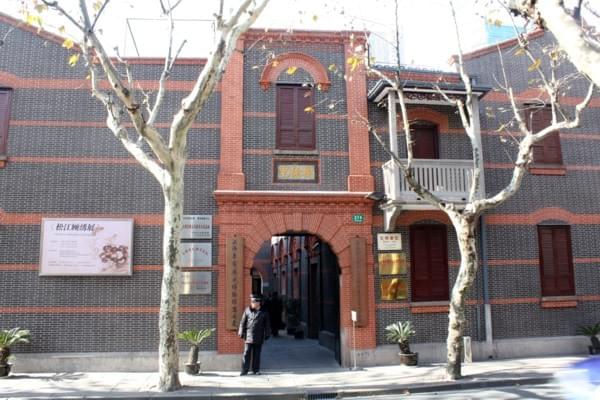
We present results from AVIRIS-NG flight campaigns in Colorado, New Mexico, and California.

This capability is aided by real time detection and geolocation of gas plumes, permitting adaptive surveys and communication to ground teams for rapid follow up. The next generation Airborne Visible/Infrared Imaging Spectrometer ( AVIRIS-NG) has been used to survey large regions and map methane plumes with unambiguous identification of emission source locations. Mapping methane emissions using the airborne imaging spectrometer AVIRIS-NG Emphasis is placed on specific AVIRIS subsystems including foreoptics, fiber optics, and an in-flight reference source spectrometers and detector dewars a scan drive mechanism a signal chain digital electronics a tape recorder calibration systems and ground support requirements. Porter, Wallace M.Īn upgraded version of AVIRIS, an airborne imaging spectrometer based on a whiskbroom-type scanner coupled via optical fibers to four dispersive spectrometers, that has been in operation since 1987 is described. This paper details recent and planned improvements to AVIRIS in the sensor task.Ĭurrent instrument status of the Airborne Visible/Infrared Imaging Spectrometer ( AVIRIS)Įastwood, Michael L. Improvements to AVIRIS prior to 1994 have been described previously. As a consequence of these efforts, the capabilities of AVIRIS to reliably acquire and deliver consistently high quality, calibrated imaging spectrometer data continue to improve annually, significantly over those in 1989.


While AVIRIS has been operational since 1989, major improvements have been completed in most of the sensor subsystems during the winter maintenance cycles. A.ĪVIRIS is a NASA-sponsored Earth-remote-sensing imaging spectrometer designed, built and operated by the Jet Propulsion Laboratory (JPL). An outline of the spectrometer alignment is included.Īirborne Visible/Infrared Imaging Spectrometer ( AVIRIS): Sensor improvements for 19 The optical subsystem performance is shown in terms of spectral modulation transfer functions, radial energy distributions, and system transmission at selected wavelengths for the four spectrometers. This paper outlines the functional requirements of the spectrometer optics subsystem, and describes the spectrometer optical design. The development of the Airborne Visible/Infrared Imaging Spectrometer ( AVIRIS) has been completed at JPL. Specific information on Exponent's Shanghai office can be found here.Airborne Visible/Infrared Imaging Spectrometer ( AVIRIS) spectrometer design and performance Our Asian offices are staffed with multilingual engineers and scientists with graduate degrees from top universities worldwide.

These consultants also provide analysis to support intellectual property and regulatory investigations.Īlong with our professionals in Hong Kong and Singapore, the experts in the Shanghai office serve a wide range of industry sectors, including infrastructure, construction, energy, oil and gas, consumer electronics & products, vehicles, food and chemical, and medical devices. Service offerings include failure investigations, manufacturing, quality control, supplier quality issues, production safety, and research and development. The office works with major US and EU clients, as well as prominent Chinese private sector companies to address technical issues associated with their regional operations. Exponent Shanghai is located in Pudong, Shanghai, the hub of the country’s financial and industrial sectors. Exponent established its presence in China in 2005.


 0 kommentar(er)
0 kommentar(er)
